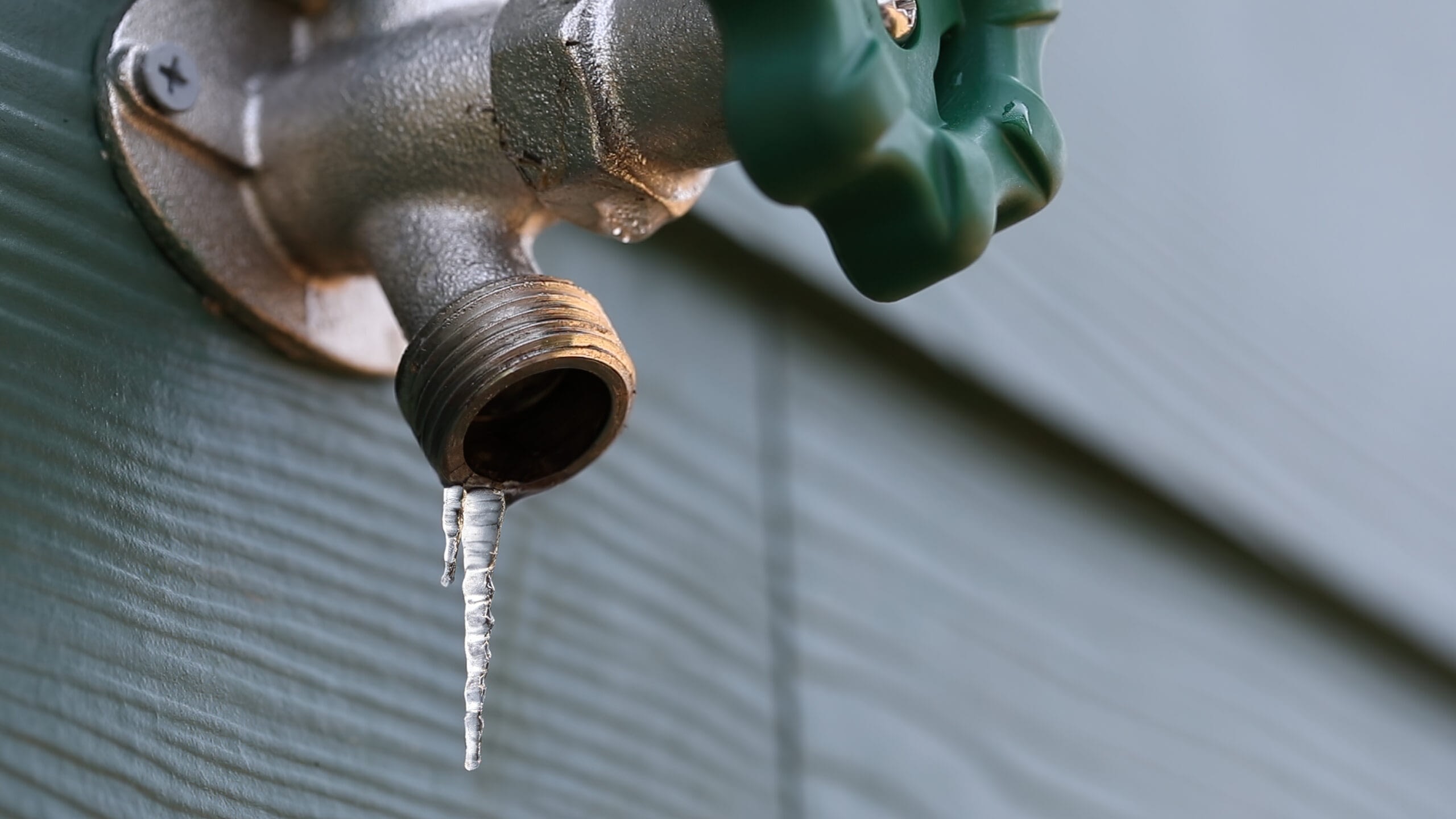
As the winter chill sets in, homeowners need to be vigilant in protecting their properties from the harsh effects of freezing temperatures. One of the most common issues during the winter season is frozen pipes, which can lead to costly damages and inconveniences for many homeowners. In this blog, we’ll explore 10 essential tips to help homeowners safeguard their plumbing systems during the cold season.
1. Insulate exposed pipes
The first line of defense against frozen pipes is insulation. Identify any exposed pipes in unheated areas such as basements, attics and crawl spaces, and insulate them with foam or pipe sleeves. This simple step can go a long way in maintaining a consistent temperature around the pipes, preventing them from freezing.
2. Seal gaps and cracks
Inspect your home for gaps and cracks that allow cold air to penetrate. Seal these openings with caulk or weatherstripping to keep the cold air out and the warm air in. Pay special attention to the space around windows, doors and other areas where pipes enter your home.
3. Keep a faucet dripping
Allowing a faucet to drip during extremely cold nights can relieve pressure within the pipes, reducing the risk of freezing. Even a small, steady drip can make a significant difference. Focus on faucets connected to pipes that run along exterior walls.
4. Maintain a consistent temperature
Keep your thermostat set to a consistent temperature, even when you’re away from home. It is recommended to set the thermostat no lower than 60° F during the winter months. While it may be tempting to lower the heat when you’re not around, maintaining a steady temperature helps prevent drastic drops that could lead to frozen pipes.
5. Open cabinet doors
For pipes located under sinks, especially those on exterior walls, open the cabinet doors to allow warm air to circulate around them. This extra exposure to indoor warmth can help prevent freezing.
6. Disconnect and drain outdoor hoses
Outdoor hoses connected to faucets can contribute to frozen pipes. Disconnect and drain hoses before the onset of winter. If possible, shut off the water supply to outdoor faucets and consider installing insulated faucet covers.
7. Insulate attic and crawl spaces
Adequate insulation in your attic and crawl spaces not only keeps your home warm but also helps maintain a suitable temperature for your plumbing. Proper insulation prevents heat loss and reduces the chances of frozen pipes.
8. Install heat tape
In areas prone to extremely cold temperatures, consider installing heat tape on vulnerable pipes. This electrically-powered tape provides additional warmth to prevent freezing. Ensure you follow manufacturer instructions and safety guidelines.
9. Schedule professional inspections
Before winter arrives, consider scheduling a professional inspection of your plumbing system. Plumbers can identify potential issues, provide maintenance tips and offer solutions to ensure your pipes are winter-ready.
10. Prepare for the unexpected
Despite your best efforts, emergencies can still occur. Familiarize yourself with the location of your main water shut-off valve. In the event of a frozen pipe or a burst pipe, being able to quickly shut off the water can mitigate damage.
By taking proactive measures and implementing these helpful tips, homeowners can significantly reduce the risk of frozen pipes during the winter months. Investing time and effort now can save you from the headaches and expenses associated with plumbing issues when the temperatures plummet. Stay warm, stay vigilant and keep your pipes protected all winter long.
Call Iron City Insurance Brokers today to learn how you can protect your home year-round with a comprehensive homeowner’s insurance policy. For more information, call 205-705-3267 or visit ironcityins.com.
Filed Under: Homeowners Insurance | Tagged With: frozen water pipes, homeowner's insurance, homeowners, iron city insurance brokers, winter home protection